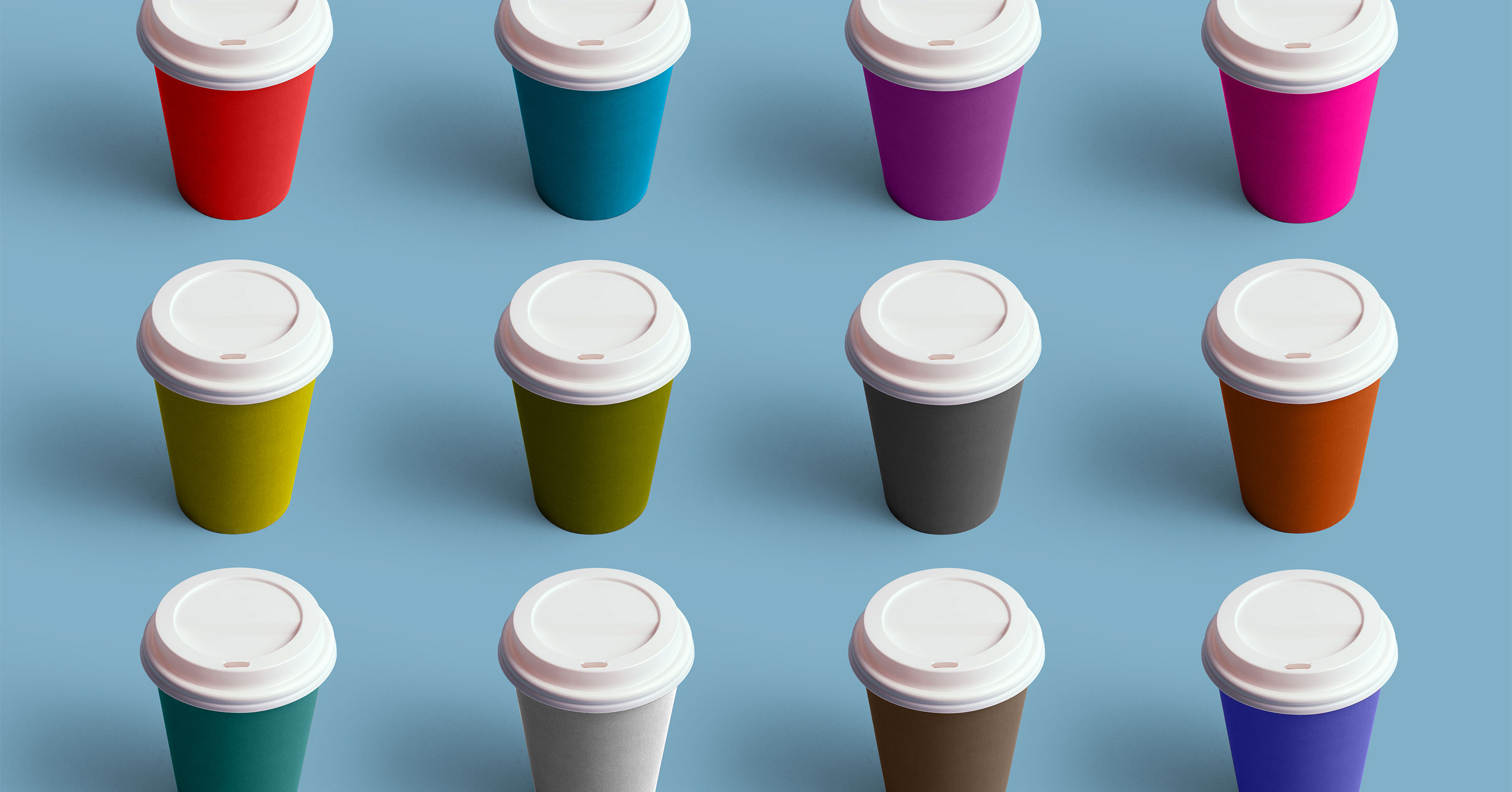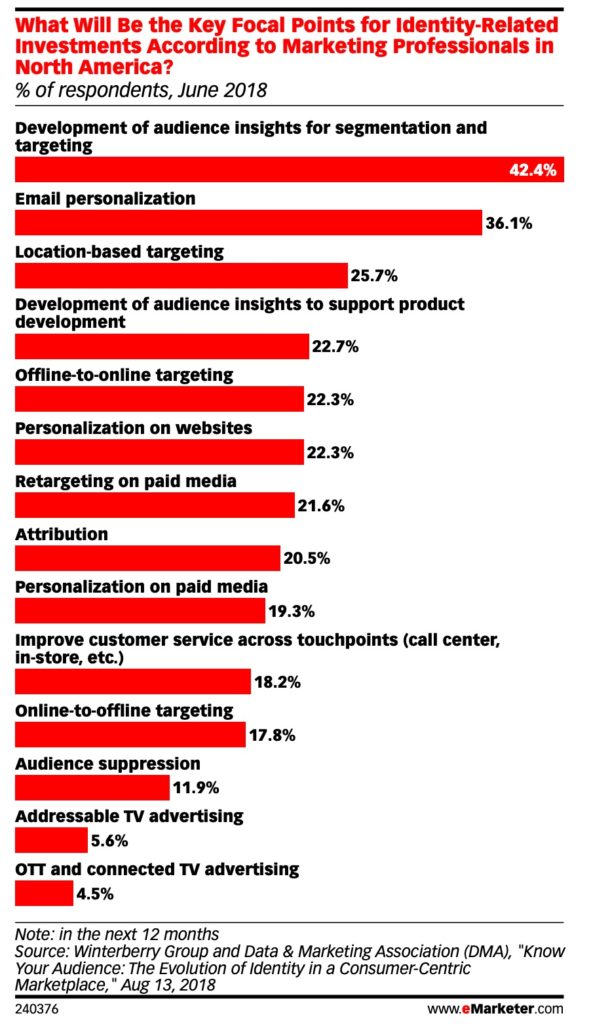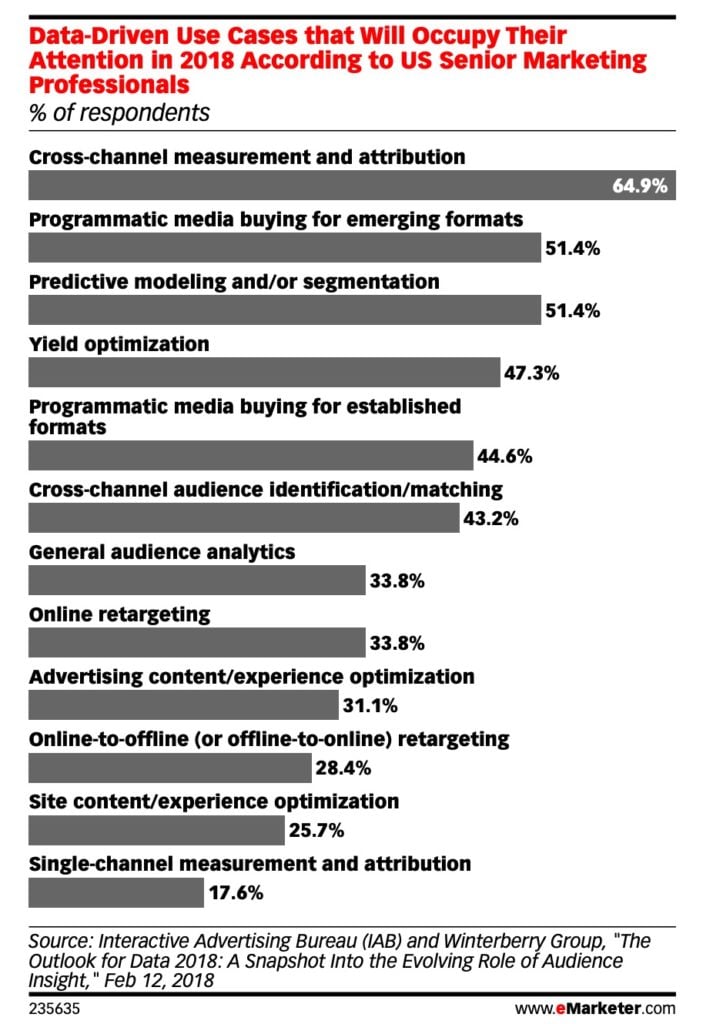Dynamic Creative: How Advertising Is Being Transformed

“Dynamic creative advertising” sounds like a term out of a buzzword generator; just another abstract idea that has little impact on the day-to-day efforts of marketers.
However, while the label is a bit fuzzy, the thing itself is very real and very important. While they may not realize it, many brands are already running basic dynamic creative campaigns and, thanks to advancements in artificial intelligence, more sophisticated versions of the approach could soon revolutionize the field of advertising.
So, what exactly is it? Why is dynamic creative advertising a thing now? What does it look like in action? Where does AI fit in?
The creative experts at MDG analyzed a recent report from eMarketer that studied these questions in depth and provided an overview of the current state of dynamic creative advertising.
Here are five key insights from that research that every marketer should be aware of:
1. What Is dynamic creative advertising? How is it being used today?
“Dynamic creative advertising” simply means different creative for different people. So, whereas in the past everyone saw the same billboard or television spot, this fresh approach makes it possible for specific groups, or even specific individuals, to receive tailored ads and content.
Today, the first component of dynamic creative advertising—audience targeting—is utilized widely by brands. According to Winterberry Group and DMA data, as cited by eMarketer, some 42% of marketing professionals say segmentation is a key focal point of their current strategy, 36% say email personalization is, 26% location-based targeting, 22% website personalization, and 22% retargeting.

2. Why is dynamic creative advertising becoming a thing now?
Why has dynamic creative advertising entered the marketing zeigeist recently? Largely because over the past few years brands have gained access to powerful digital platforms and vast amounts of data.
In terms of platforms, the big evolution has been programmatic ad tools. These have transformed the ad purchasing and delivery process, making it possible for marketers to effectively and efficiently target, and retarget, creative. Moreover, the vast array of ad opportunities online have enabled these units to be delivered exactly where brands want.
What powers all this is data. Thanks to digital, marketers now have access to all sorts of information about audiences that was inaccessible before—demographics, location, purchasing and browsing history, etc.
Combining these has enabled a host of fresh approaches: according to IAB and Winterberry Group data, as cited by eMarketer, some 65% of senior US marketers say that because of data and systems, they focused more on cross-channel measurement last year, 51% on programmatic buying for new formats, 51% on segmentation, and 45% on programmatic buying for established formats.

3. What does AI have to do with dynamic creative ads? Why’s it so important?
While marketers have been making good use of their ability to target units in nuanced ways, there has been a major roadblock to unleashing the true power of dynamic creative advertising: the creative.
Essentially, humans haven’t been able to keep up with the platforms and the data. So while there have been endless possibilities for how to deliver ads, there haven’t been endless variations of the ads themselves.
That’s where artificial intelligence comes in. AI makes the entire process better—from segmentation to campaign modeling and attribution—but where it really opens things up is in enabling marketers to produce more creative options.
Because artificial intelligence can both analyze and learn, it creates scale: sophisticated systems can continually test, deliver, and rework campaigns without human intervention to make efforts ever-more effective.
What’s tantalizing is that the power of AI to enhance digital advertising is just starting to be fully explored. According to Econsultancy data, as cited by eMarketer, fewer than half of major agencies and brands are currently using artificial intelligence to target, segment, or create dynamic creative.

4. What’s possible with dynamic creative advertising?
What does sophisticated AI-driven dynamic creative advertising look like?
In their report, the eMarketer researchers paint a picture of how multivariate testing (analyzing the performance of different options) and on-the-fly creative development can work together:
“Multivariate testing can now be done across hundreds of creative variants thanks to AI, helping marketers find the right color, font, call to action, and background image to reach a particular consumer. Retargeted ads can display not just the same product a consumer shopped for the day before, but also the angle that might be most appealing to that shopper.”
Think about how revolutionary that is. Dynamic creative advertising is in many ways the holy grail of marketing: each consumer can now receive a unique version of each ad with the elements— font, image, product framing, call-to-action, etc.—changed to make the unit appeal specifically to him or her.
5. What do brands need to do to be successful with dynamic creative advertising?
So, what does it take to successfully execute on dynamic creative advertising?
The industry experts interviewed by eMarketer brought up two key elements: technology and people.
On the technology front, they noted that it’s important to not just find systems that work well on their own, but systems that work well together. Because there are so many elements to each dynamic campaign—segmentation, targeting, buying, creative optimization, analysis, etc.—it’s necessary for each of the technologies that are part of a stack to be seamlessly integrated with the others.
Along similar lines, it’s also necessary for organizations to be integrated seamlessly. With this approach, teams that traditionally may not have worked closely together—marketing and technology, media buying and creative development, etc.—must now work hand-in-hand. That requires a lack of silos and consistent cooperation.
Fundamentally, while the power of dynamic creative advertising comes from machines and platforms, its success is still largely dependent on people.
Learn more about how dynamic creative is transforming advertising. Contact MDG today at 561-338-7797 or visit www.mdgsolutions.com.
MDG, one of Florida’s top branding firms, is a full-service advertising agency with offices in Boca Raton and Brooklyn, New York. MDG’s capabilities include print advertising, direct mail marketing, branding, logo design, creative, media buying and planning, radio and TV advertising, outdoor, newspaper, digital marketing, website design and development, online video advertising, infographic development, email marketing, video marketing, mobile marketing, content marketing, social media marketing, paid search marketing, and SEO. To learn about the latest trends in advertising and branding, contact MDG today at 561-338-7797 or visit www.mdgsolutions.com.
